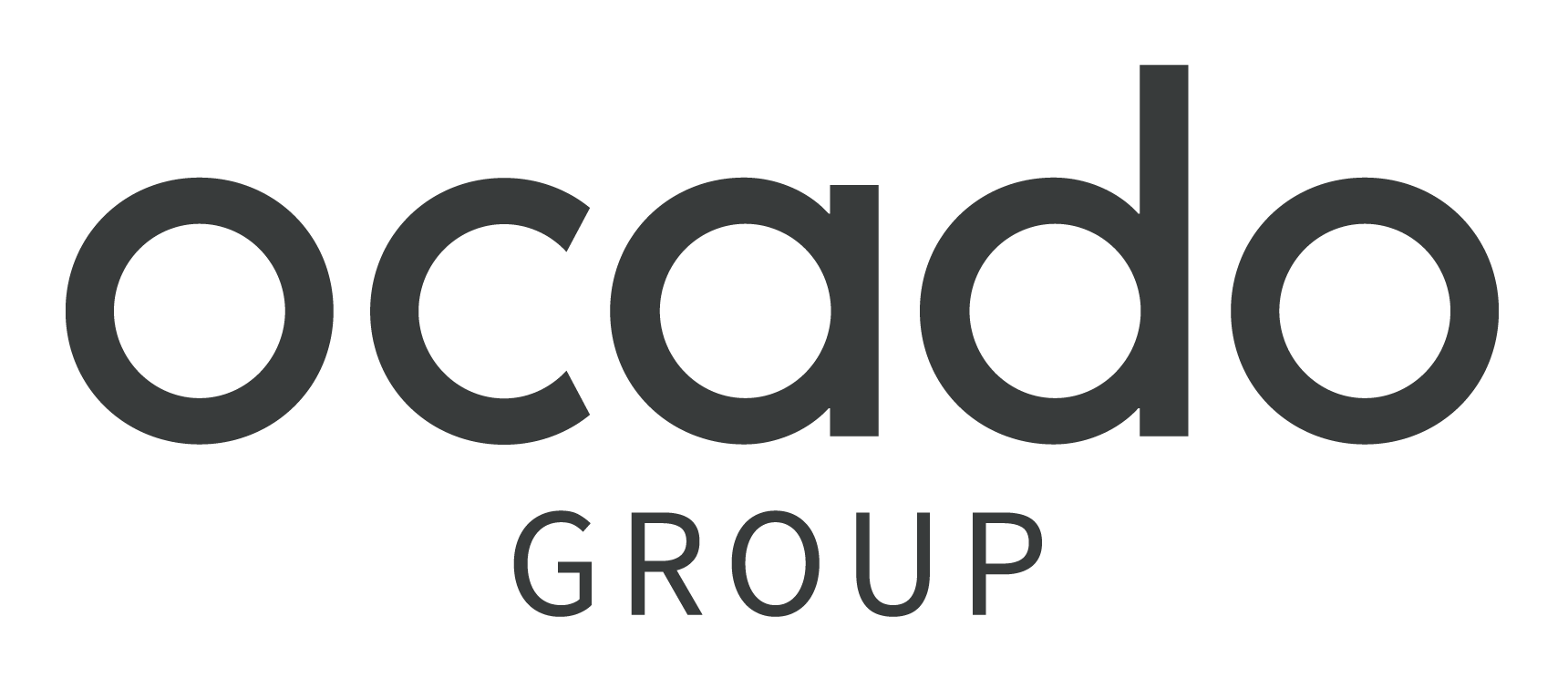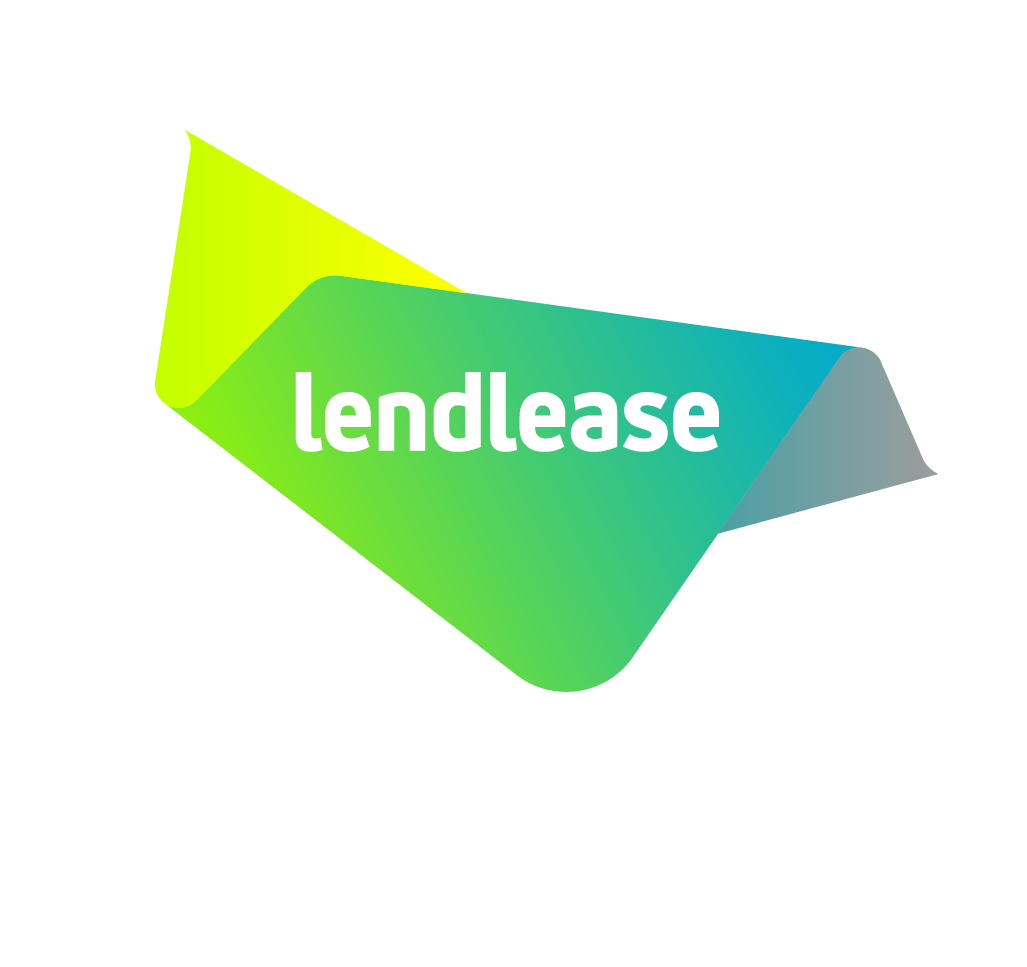Choosing the right type of benefits platform: The LSEG story
London Stock Exchange Group plc (LSEG) is a global financial markets infrastructure and data business. It owns the London Stock Exchange, Refinitiv, LSEG Technology, and FTSE Russell, and has majority stakes in LCH and Tradeweb. Its deep knowledge across the worldwide international financial markets has seen it fund innovation, manage risks and create jobs for businesses, economies and communities across the world for over 300 years.
“If you take the UK as an example, with our flexible benefits options, people will compare what we’re offering with what’s out there on the internet in the market. So to some extent, it’s a marketing tool as part of our EVP. So that’s really why we felt a benefits-specific platform does the job for us, more than an HRIS system would.”
Matthew Webb, Global Head of Benefits and Global Mobility, London Stock Exchange Group
Strategy
Provide a consistent employee experience globally and across the group (following several acquisitions)
1
Implement a benefits platform that's central to LSEG’s EVP and communicate to employees everything else that LSEG does to support them
2

Continue rolling our OneHub across 70 countries – reaching 40 countries in 2023
3
Callenge
The challenge
“We are mapping out a framework where we have got issues. We have markets that are not mature in terms of education and the provision of financial education particularly, so we are starting to have the internal conversation and ask, ‘where do we need to get to?’
We wanted a core approach that works universally with where we can accommodate local issues and local problems to a certain degree. If you look at localities, we have 67, and 80% of them are in seven countries, so via simple maths, the bulk of our people are accommodated through a smaller geographic scale.
It’s about trying to find something that we can offer and that might not be the same in every country.”
Solution
Using a bespoke benefits solution:
“LSEG had initially rolled out OneHub in the UK as part of a flexible benefits programme. Since 2020, we’ve developed that strategy across our larger global footprint. We’ve been doing it in phases, starting off with the larger headcount countries. We’re about to implement phase two, rolling into the next phase of countries based on headcount so by the start of next year we hope to have the OneHub platform in operation in about 40 countries.”
“When choosing a solution, the major consideration is the employee experience – and the fact that a benefits platform is specialist for benefits, whereas an HRIS platform is a module as part of a larger system. Although an HRIS system would be fairly efficient in terms of background processing, we felt that the employee experience is integral to the workforce today, where employees are expecting a consumer experience.”
“Having a platform that’s tile based, it provides a human experience. It’s intuitive. And it provides the ability to provide information, education and awareness, as well as the back-end elements of administering a benefits platform.”
Catering to various levels of complexity:
“Depending on the actual benefits in a particular country, OneHub will be a fully transactional platform, as it is in the UK. But in many other countries where there isn’t the choice and flexibility for employees to make decisions and actions, it’s more of a content-only site. But it was important to have a consistent look and feel from a benefits platform perspective, which is why we’re following this strategy.”
“Benefits are very different by country. The flexibility that’s necessary in a platform shouldn’t be underestimated. Having a platform that’s consistent but the flexibility to be able to tailor benefits by country is what LSEG was trying to achieve. We want that consistent user experience when an employee goes onto the platform – even though what the user sees in France verses the UK will be very different, due to the nature of benefits. This is what makes our job as benefits professionals interesting, but also makes our job complex.”
Communicating the value of benefits with employees:
“Where we have annual enrolments, we work with the Benefex communications team, making sure that the whole period of enrolment is set out and we put a plan together to drive awareness using Communications manager. We’re able to post things on the site when we have a benefits update or to promote specific messages. On the post-enrolment side, the MI is quite important. By working with a company like Benefex and their specialist consultants, not only can we get the insight on MI but we can also get suggestions and recommendations for the future as well.”
Making the business case for a benefits platform:
“User experience is crucial first and foremost [when making the business case for a benefits platform]! That intuitive consumer-led, tile-based view and the experience that the employee gets is not, in my experience, what somebody would get with an HRIS benefits module. And that leads to some of the other advantages you’d get from the UX.”
“Additional support services would be number two in terms of communication, MI and future innovation. Inevitably, a global HRIS platform will be based on a particular country – we know that it’s far more complex than that and you can’t simply export a particular approach to other countries. And the third reasons is that having OneHub is a far more open platform to be able to show the different ways of benefits delivery that we have in different countries.”
“Our first port of call for employee enquiries is the Benefex help desk. If we didn’t have that we would have people coming into our general HR contact centre where we’ve got people answering queries on all aspect of HR. By having a benefits-specific help desk, we have people answer the phones who are knowledgeable and understand the benefits, as well as the processes that are behind making the choices around those benefits. This is a huge positive for us.”
“It’s worth noting though that we don’t use the help desk in every country – if it’s an information-only site, we don’t need the help desk to support that. So it’s that flexibility in approach depending on the complexity of the country.”

Evolving LSEG’s benefits strategy:
“With OneHub, we can look at areas of the workforce that are taking up the benefits so we can look into whether we want to make changes and we also get feedback from employees on what they’d like us to provide. Where the company is investing in employees, we need to see that ROI so having this MI is important from a company perspective and in terms of planning for future benefits.”
“More and more these days, in my role, I’m being asked to provide sort of a snapshot or dashboard of where we’re at in terms of ROI – not a 20-page report – and clearly OneHub is able to get us to that point.”
“Because Benefex are a benefits-specific provider, we will look to them as a specialist to make sure we continue to be at the cutting edge of benefits technology platform prevision.”
Customer Stories
Ready to connect your employee experience?



























